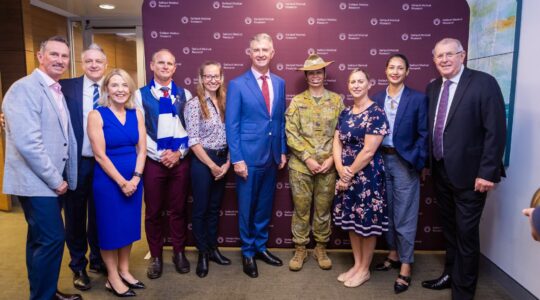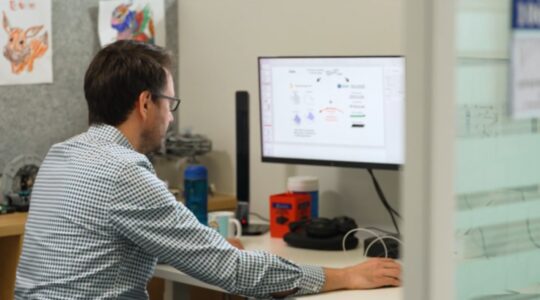Boundaries between education sectors will be blurred as Australia’s workforce adapts to meet future skills needs through more targeted qualifications.
Speaking at a Queensland Futures Institute forum, University of the Sunshine Coast Vice-Chancellor Helen Bartlett said to reach the national goal of lifting tertiary attainment to 80 percent by 2050 there needed to be greater collaboration across the education sector.
Professor Bartlett said, for example, high school students may increasingly take TAFE micro-credentials in areas such as artificial intelligence and university units, earning credits towards future degrees.
“This will see the boundaries between education sectors blur as we move towards a lifelong skilling approach.”
She said to enable this, a national skills passport was currently being considered.
“This would standardise qualification terminology and assist employers to clearly understand skills regardless of the education pathway.”
Professor Bartlett said there were also opportunities around the co-location of different education sectors, with enabling university access for students from equity groups also vital in reaching the targets set out in The University Accord.
“At USC, 66 percent of our students come from equity groups, including students who are first-in-family, from lower socioeconomic and regional areas, and students with disabilities.”
Professor Bartlett spoke at QFI’s Queensland Policy Leaders’ Forum Unlocking the Education Economy, alongside Griffith University Vice-Chancellor Professor Carolyn Evans, TAFE Queensland Acting CEO Brent Kinnane and Independent Schools Queensland CEO Chris Mountford.
Download the report: Unlocking the Education Economy








